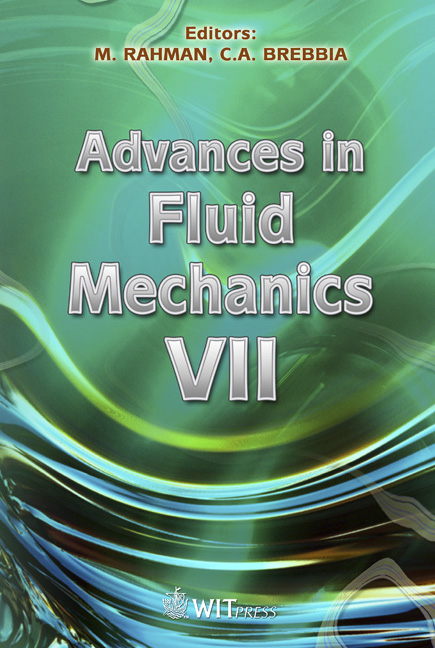Commercial Scale Slurry Bubble Column Reactor Optimization
Price
Free (open access)
Transaction
Volume
59
Pages
13
Page Range
275 - 287
Published
2008
Size
1,137 kb
Paper DOI
10.2495/AFM080271
Copyright
WIT Press
Author(s)
W. Strasser & A. Wonders
Abstract
Commercial scale slurry bubble column reactor optimization W. Strasser & A. Wonders Eastman Chemical Company, USA Abstract An in-depth numerical study has been carried out to investigate a high-pressure commercial scale (2–8 meter diameter) slurry bubble column reactor (SBCR). Typical superficial gas velocities are in the range of 0.5–3 m/s, and overall vapor hold-ups are in the range of 0.45–0.85. The study revealed that steady compartmental reaction models do not match plant data when reaction time constants are very fast. Also, off-the-shelf commercial CFD codes do not produce useful information about a reactive column of this scale and aeration without tuning to reconcile with vapor hold-up and reactant operating data \“anchors” from in-plant units. Important measures include both transient and time-averaged profiles, integrals, and extrema of vapor hold-up and reactants. The present study proposes reactor designs that improve productivity and product quality. Keywords: oxidation, staging, chaos, turbulence, pX, TPA. 1 Introduction The liquid-phase partial oxidation of para-xylene (pX) to terephthalic acid (TPA) is conducted on a very large commercial scale (agitated vessels and bubble columns), principally for providing raw material for polyester fiber and packaging products. Huge oxidation reactors provide individual capacities presently ranging from 1,500 to 3,000 metric tons per day (TPD) of TPA for new construction. Although the partial oxidation of pX to TPA proceeds at very high yields and purities, further small improvements have a significant impact due to scale. The overall stoichiometry of TPA production is deceptively simple, as shown in equation (1). O H TPA O pX 2 2 2 3 + = + (1)
Keywords
oxidation, staging, chaos, turbulence, pX, TPA.





